
Why Drive Electric?
well, it’s cheaper, more fun and especially:
Good for the Environment!
- EVs are better for the environment, even when accounting for their manufacturing carbon emissions and when using electricity from coal plants. 40% of greenhouse gas pollution comes from transportation.
- EVs don’t contribute to air pollution – a key contributor to premature deaths, illness, and lost workdays.
- EV components, esp. batteries are highly recyclable .
- Driving electric reduces our dependency on oil imports.
- EVs get even cleaner over time, as we generate our electricity with more renewable energy.
Did you know that 6 kWhs of electricity are used to refine one gallon of gasoline? I drive 30 miles in my Leaf with 6 kWh.
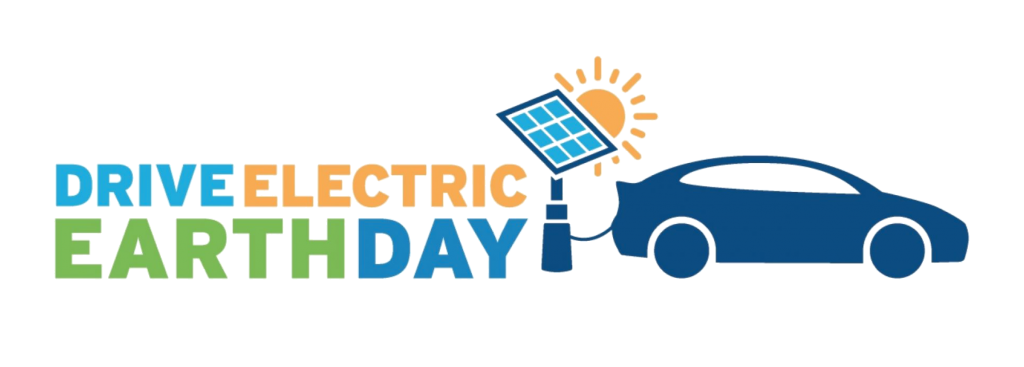
Good for the Pocketbook!
- EVs are super efficient – up to 90% of energy stored is used! For the same amount of energy in a gallon of gasoline, an EV can travel up to 180 miles.
- Average MPGe is around 120.
- Opportunity to ‘run on sunshine’!
- Reduced maintenance costs.
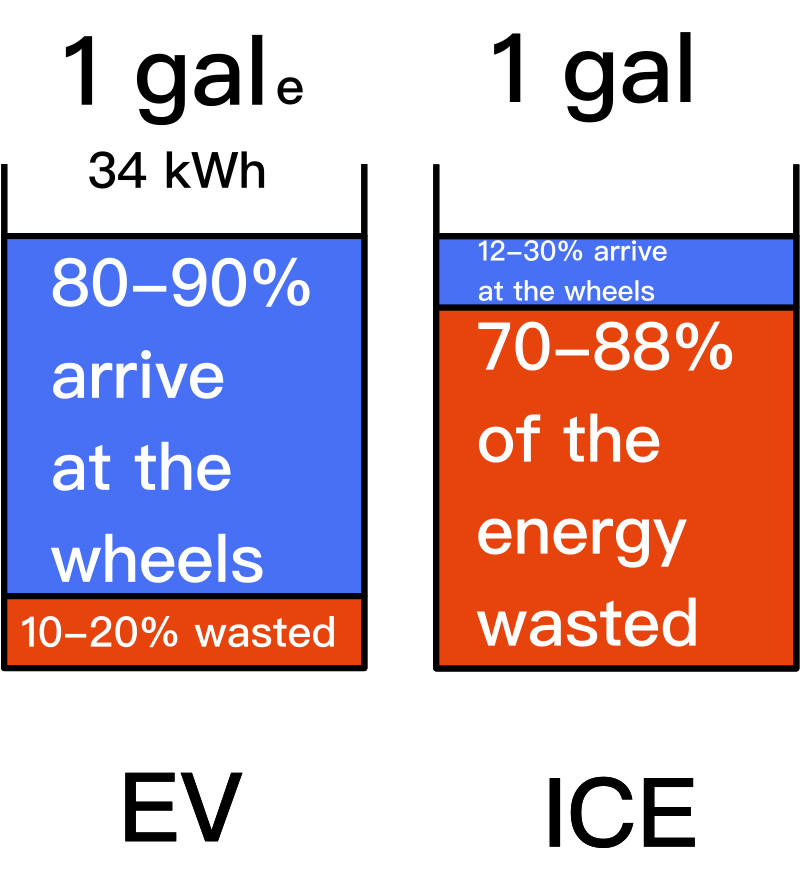
If you look at the graphic, on the left is the EV: If a power plant burned 1 gallon of gas it would produce 34 kWh – that’s called one gallon-equivalent, and that would power 100 to 180 EV miles, because only 10-20% of the energy is wasted.
On the right, the conventional car burns the gallon directly, but it’s very inefficient and 70-88% is wasted..
Click here for a spreadsheet comparing the fuel cost of an EV to an ICE (Internal Combustion Engine) Vehicle. Find more information at fueleconomy.gov
Even at normal Heco or KIUC rates EVs are cheaper to fuel than almost any car, except the most efficient hybrids, but in case your life style allows mid-day charging, Heco’s TOU rates make an EV as cost effective to fuel a gas car that gets as 150 mpg, that is also the approximate cost if you own a PV system, about 2.2-2.7 c per mile
Mid day is also the time when the grid energy is the cleanest, and when photovoltaic systems produce the most energy
HECO’s Time-of-Use Rates (TOU)
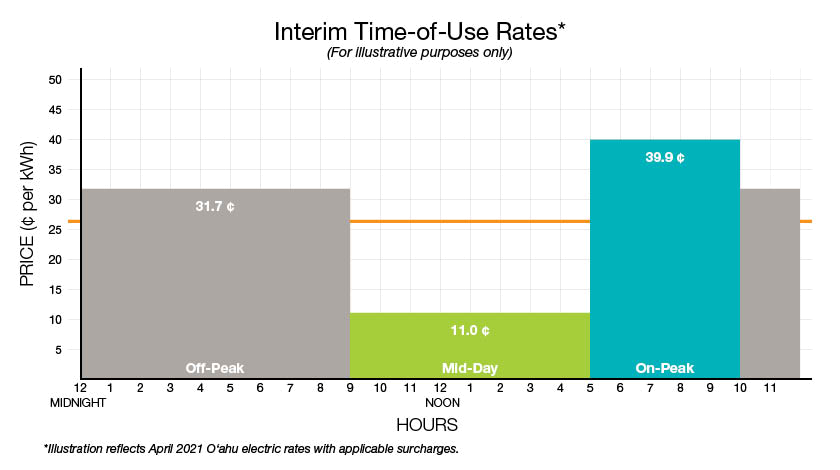
Reduced Maintenance Cost!
Electric cars have fewer than a hundred moving parts, whereas gas cars have thousands. There is less to maintain and repair with an EV. No oil changes, no transmission fluid, no timing belt, no spark plugs, no muffler… due to regenerative braking the brakes last much longer… This is great for the customer.
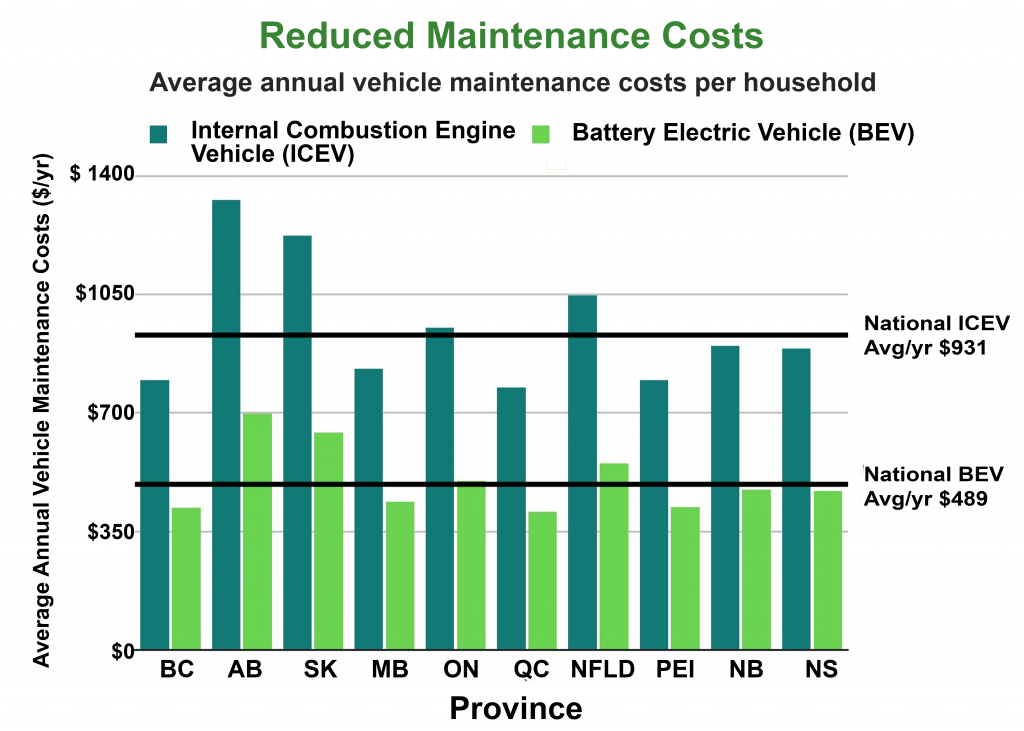
This Canadadian study found a 43% maintenance cost savings for a battery electric vehicle versus an internal combustion engine vehicle, which was conservative because they didn’t take into account the extended brake pad life allowed due to regenerative braking. (Other research has shown 61%, 49%, and 35%)
Does everyone know what regenerative breaking is? The motor runs backward as a generator and pulls the rotational energy out of the wheels and stores it back in the batteries.
It’s pretty much tires, windshield washer fluid and wipers, cabin air filters.
Great Driving Experience
Overall it’s a really great driving experience! EVs are smooth and quiet, they are easy and fun to drive. Their instant torque gives them great acceleration, and no smelly exhaust is a real bonus too!
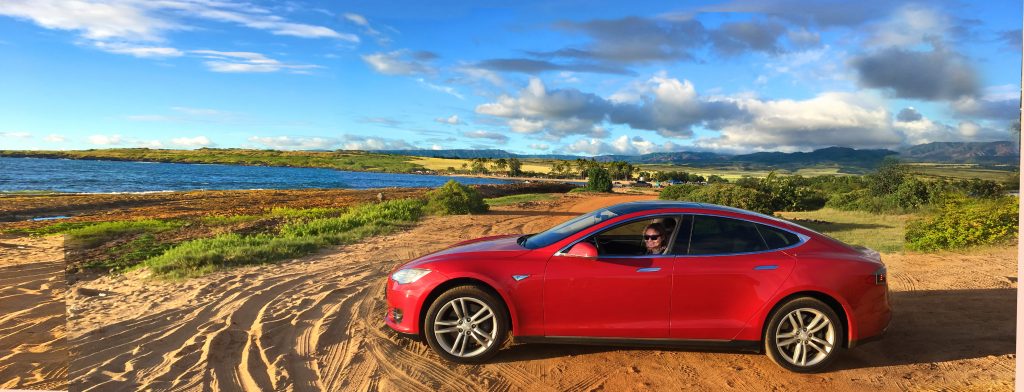
Did you know that EVs are ten times less likely to catch fire than conventional cars?
Buying an Electric Car
Before you buy:
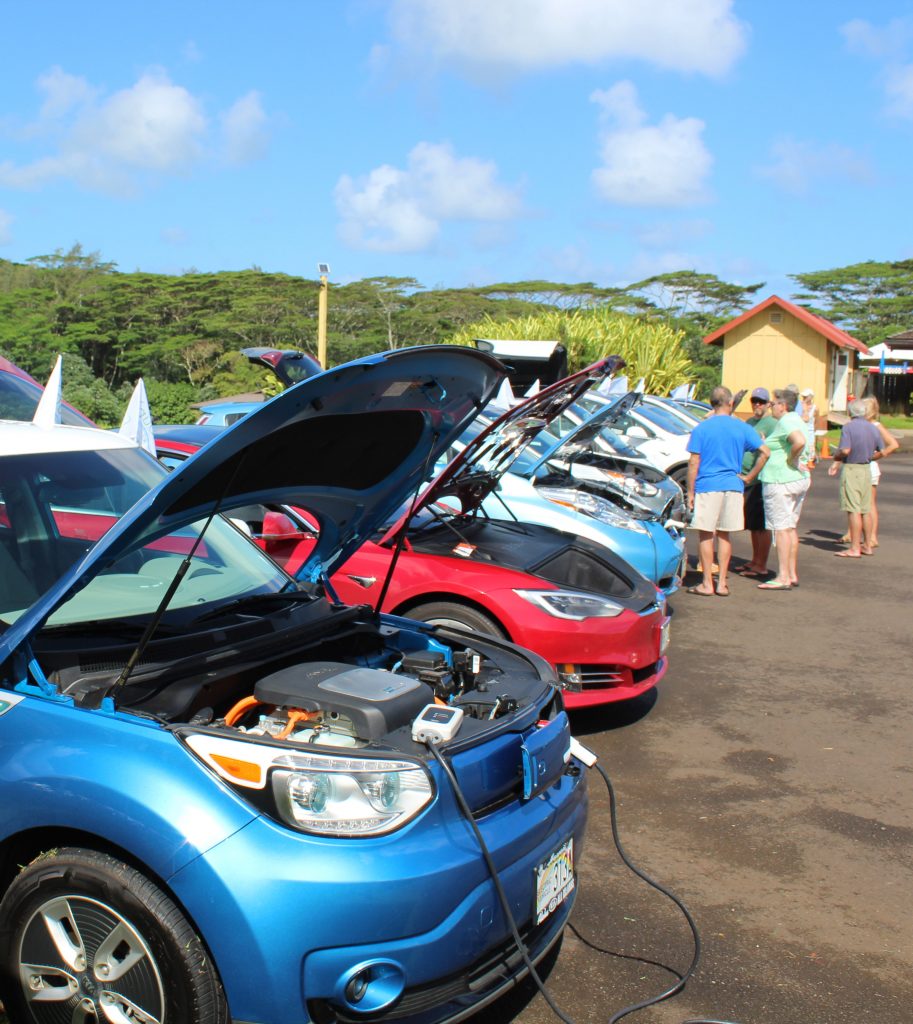
- Talk to EV owners.
- Learn about incentives.
- Research and choose wisely.
- Test drive or better rent one.
- Understand charging and range.
Don’t hesitate to reach out to fellow EV drivers if you have questions.
Pre-Covid we had Ride&Drives and EV festivals on most islands, for now we have several online talk stories and webinars a year.
Find local clubs on the web and through social media, Facebook groups welcome new members, or get answers on EV forums and model-specific Facebook groups.
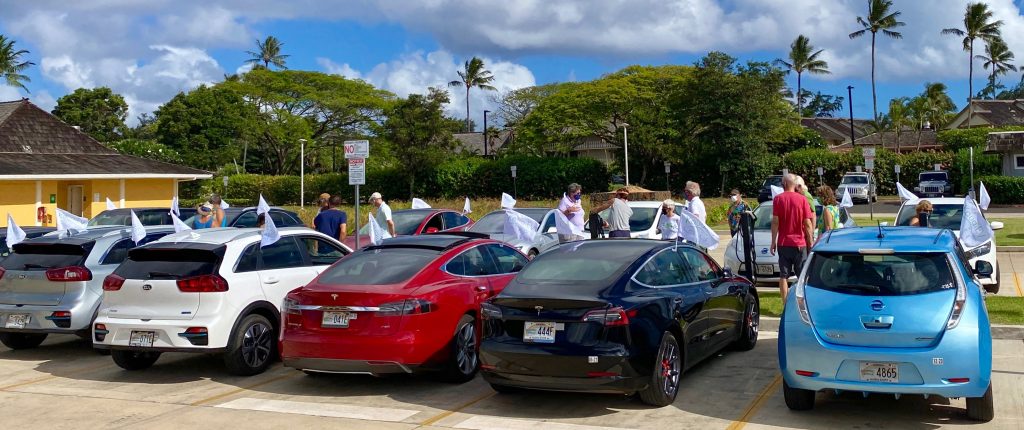
Electric Vehicle Incentives

- Federal Tax Incentives
- Up to $7,500 tax credit for certain models
- fueleconomy.gov
- Local Incentives
- Occasional purchase rebates
- Occasional free charging
- HOV lane access
Choose wisely!
- Consider your needs – range, cargo, passengers
- Avoid over-buying – bigger and faster isn’t always better.
- Consider pre-owned for affordability and value.
- Consider availability of local service.
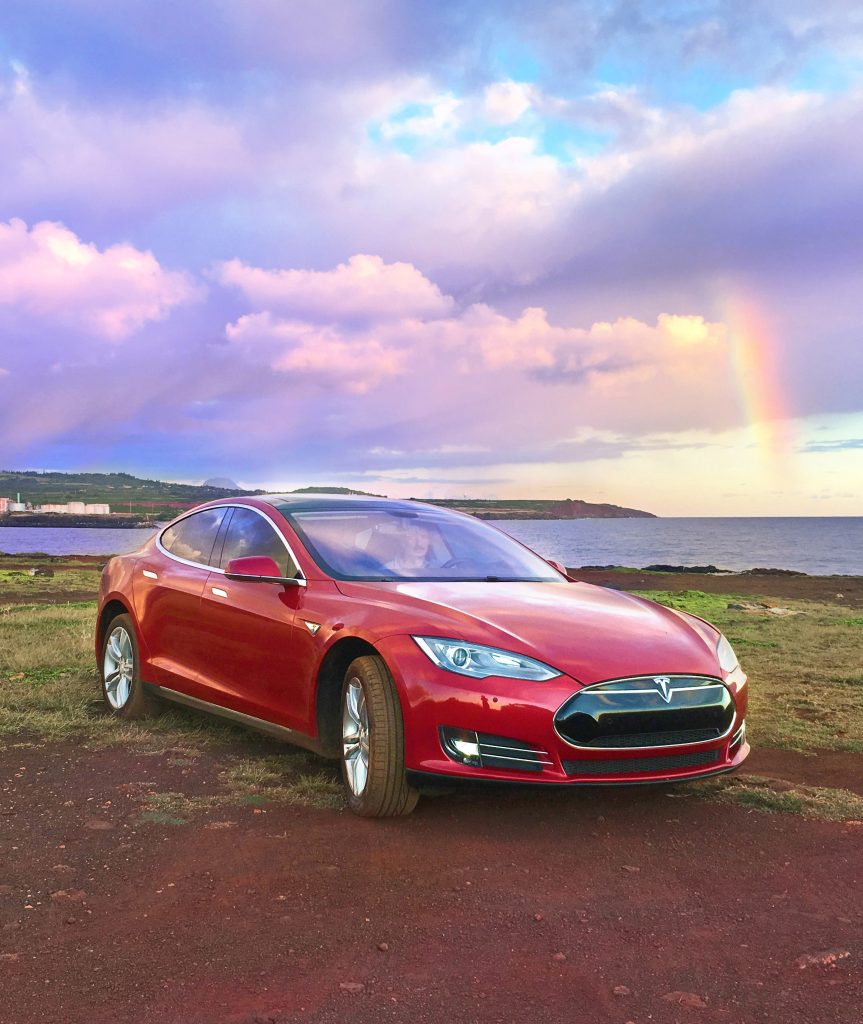
Experience the car!
- Test drive one – or more.
- Ask an EV owner for a ride.
- Grab an electric Uber or Lyft
- Rent one
- Turo
- Aiona Cars (Hilo)
- Mission Zero (Kauai and Oahu)
Available Models:
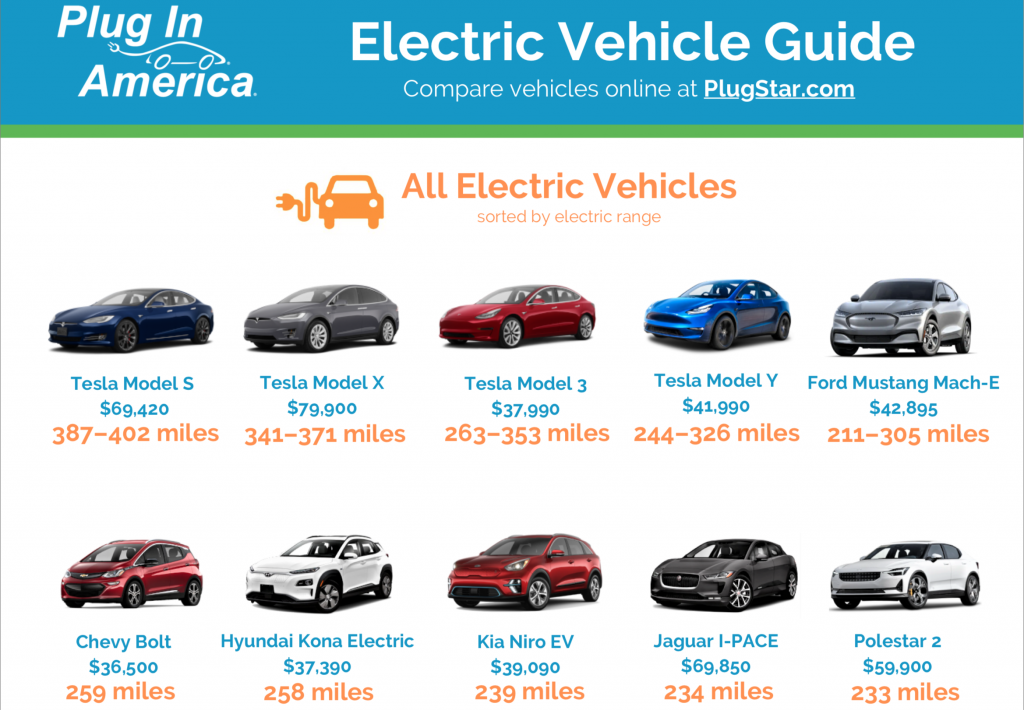
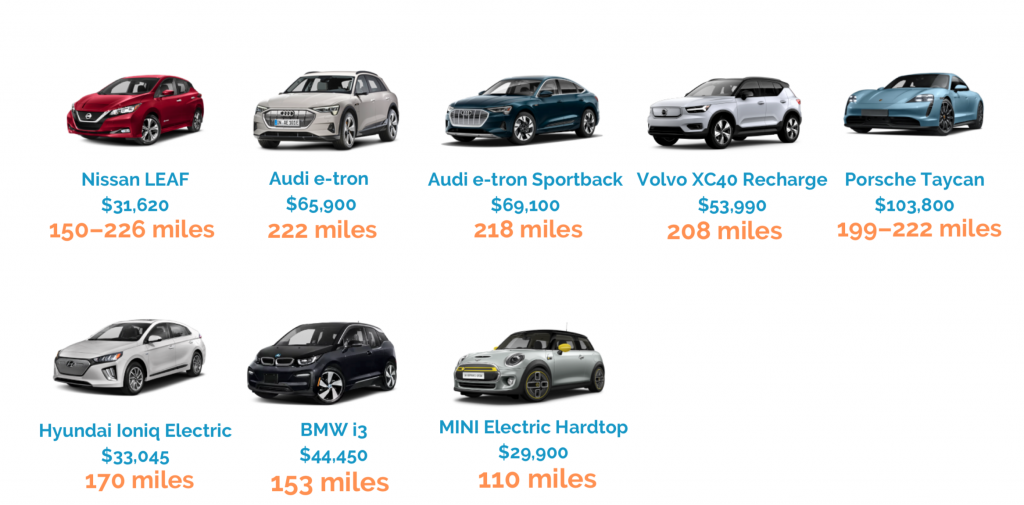
Pickup Trucks will be coming soon. The first Rivian EV trucks will be delivered this summer, cybertrucks beginning of next year, Ford F150 mid 2022, the Bollinger B2 is scheduled for 2022 as well
Find a Certified EV Expert:
Use the “Find an EV Expert” tool on HawaiiEVExperts.org to find dealers with associates who have passed an Electric Vehicle (EV) Expert Certification.
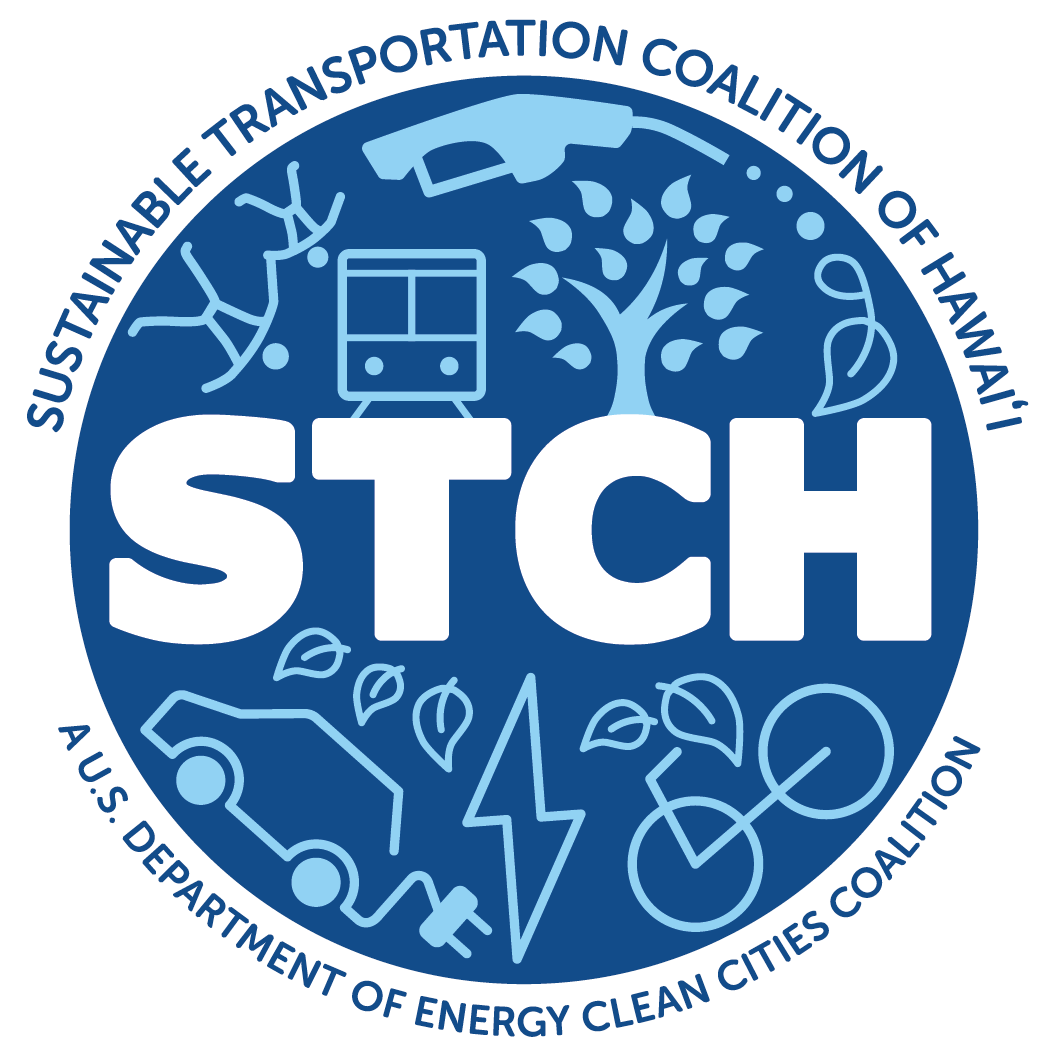 | 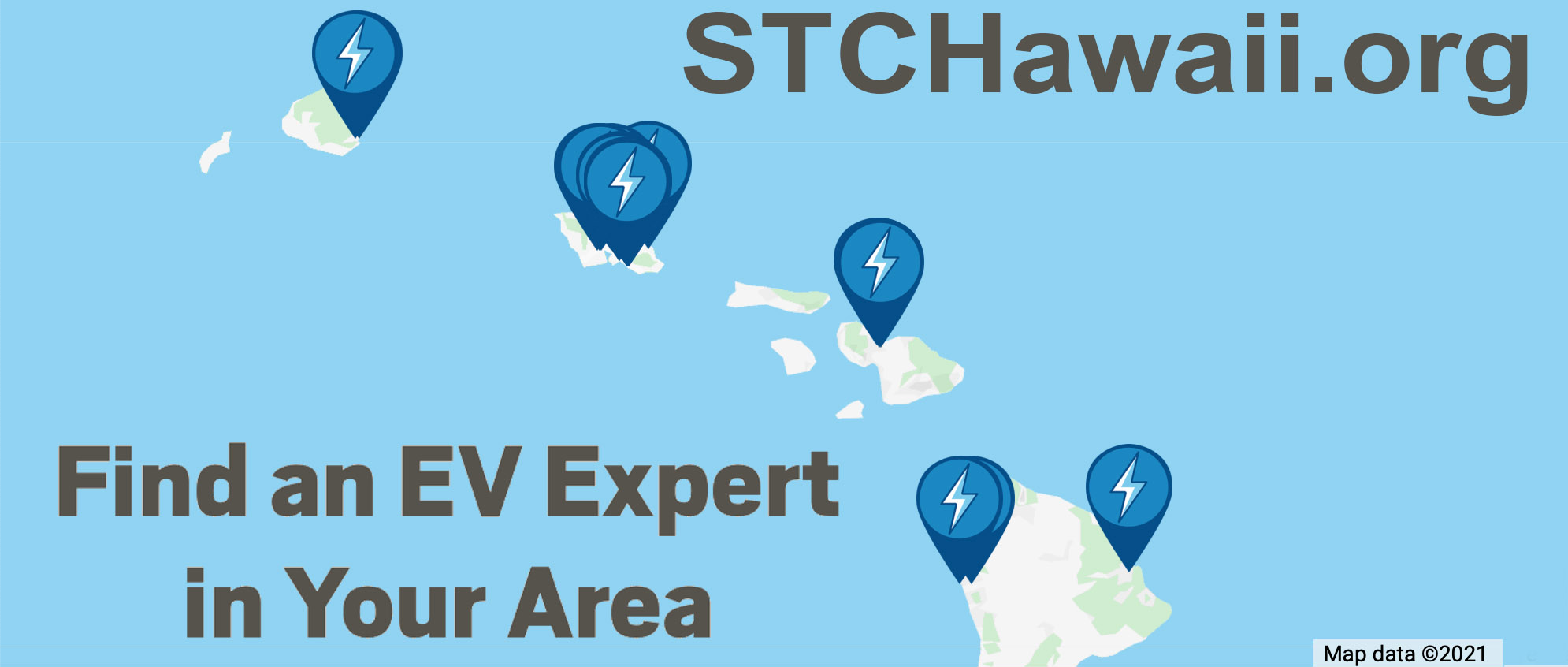 |
EV 101 – Chargers and Charging
Some of the most important upfront considerations for EV buyers:
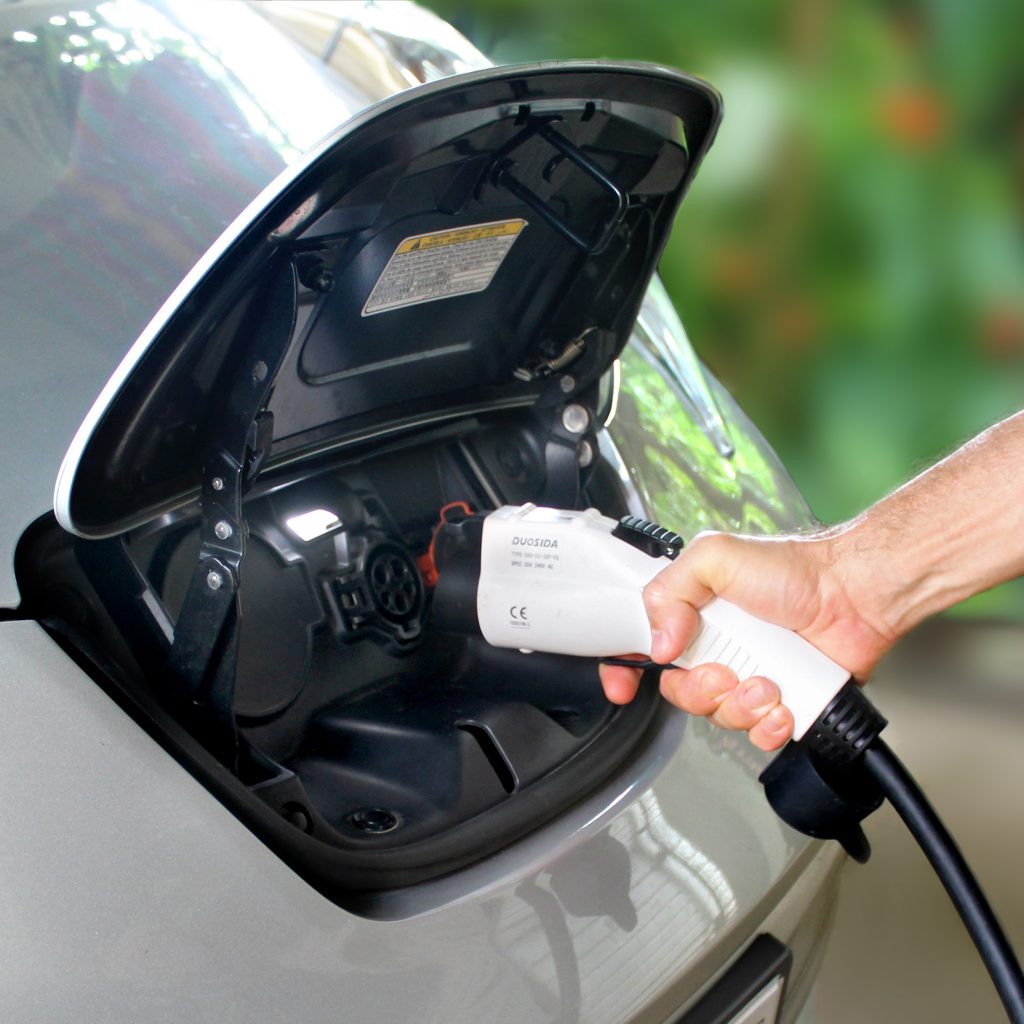
- Where will I charge?
- How often do I need to charge?
- How long do I need to plug in?
Before you buy your first electric car it is important to look at the charging situation.
It’s super easy and convenient for homeowners and anyone else who can install a charger or plug in at home – get home, plug in, done.
For renters and condo dwellers who can not plug in it’s requires a bit more upfront research: Are enough public chargers available nearby, are they working, how often are they occupied, sometimes friends and neighbors share chargers.
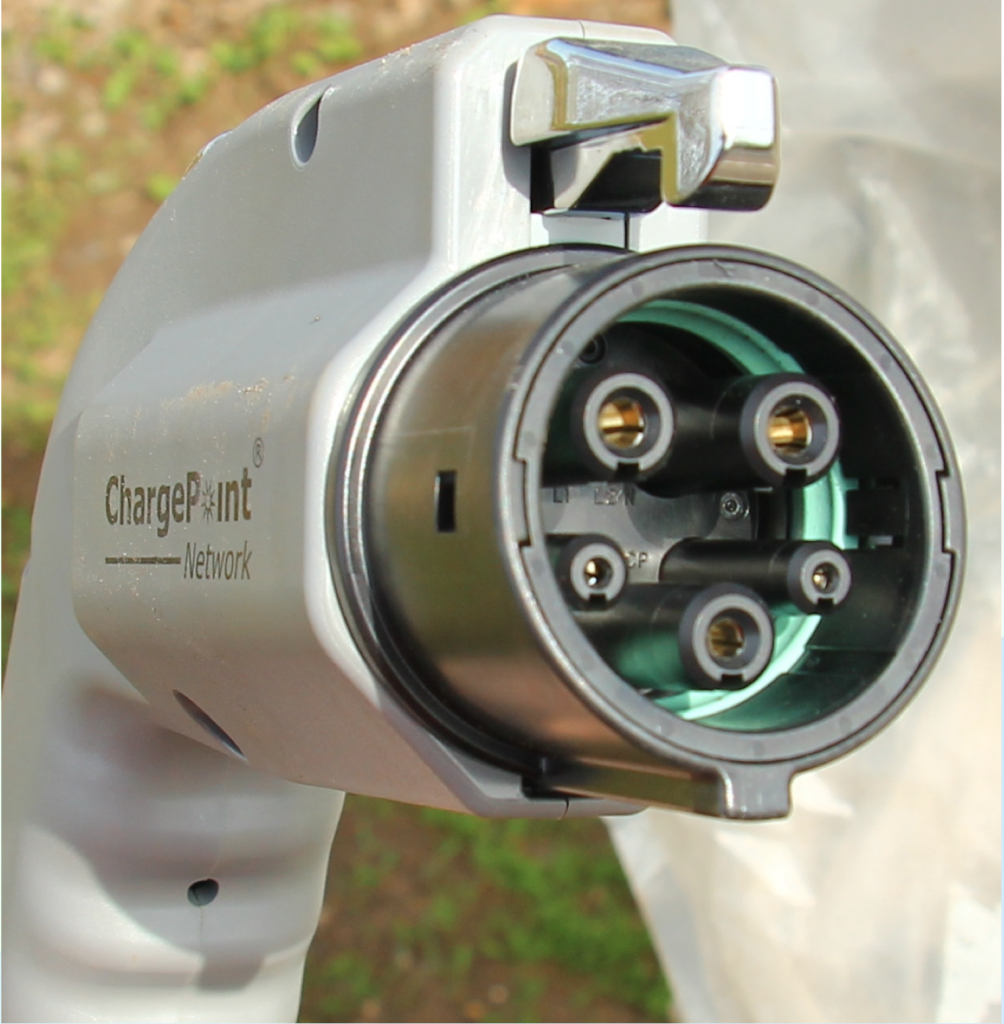
How often and how long you charge depends on the range of the car, and the distances driven . For the typical American commute plugging in at a wall outlet overnight adds enough charge, about 40 miles. We call that level 1 or trickle charging.
Level 2 charging is the most popular and allows for more flexibility, 40 miles take an hour and ½. Most public chargers are level 2.
Left: Standard J1772 charging plug for level 1 and level 2 charging
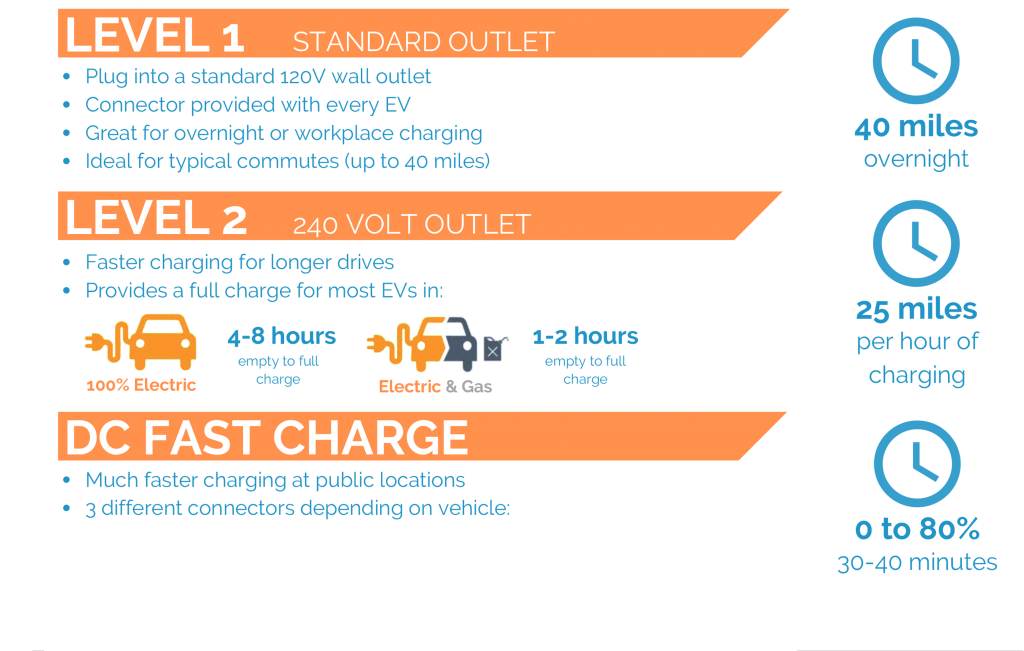
DC fast chargers can be very convenient, they charge a car in half an hour. In most locations we don’t have enough of them yet. They may also degrade some older batteries faster, especially in hot weather. Right before Covid hit we rented an EV for a roadtrip, over 2 weeks we 1700 miles drove from Arizona to Utah and back, and I learned to love the DC fast chargers.
Home Charging:
 |  |
- Convenient
- 80% of charging takes place at home
- Plug in on arrival, programmable charger charges when it’s cheapest or cleanest
- Federal tax credit of 30% on purchase and installation
- For renters, a mobile level 2 home-charging-station might be an option to plug into a dryer outlet.
- Condo HOAs often let owners install chargers as required by law.
- We have charger-sharing networks; they will become more available statewide in the near future. Not as convenient, but many dedicated EV drivers make it work
 | 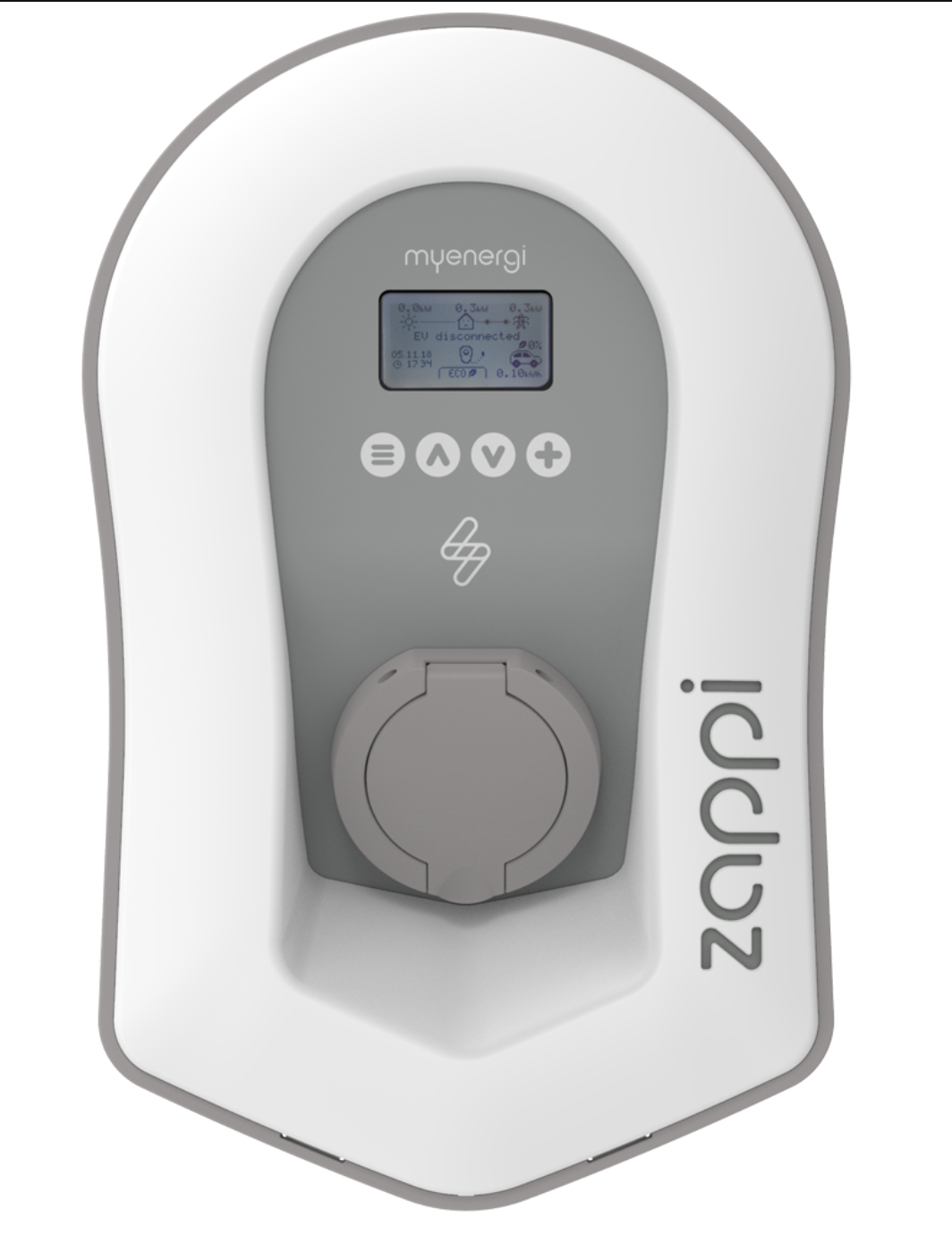 |
Public Chargers!
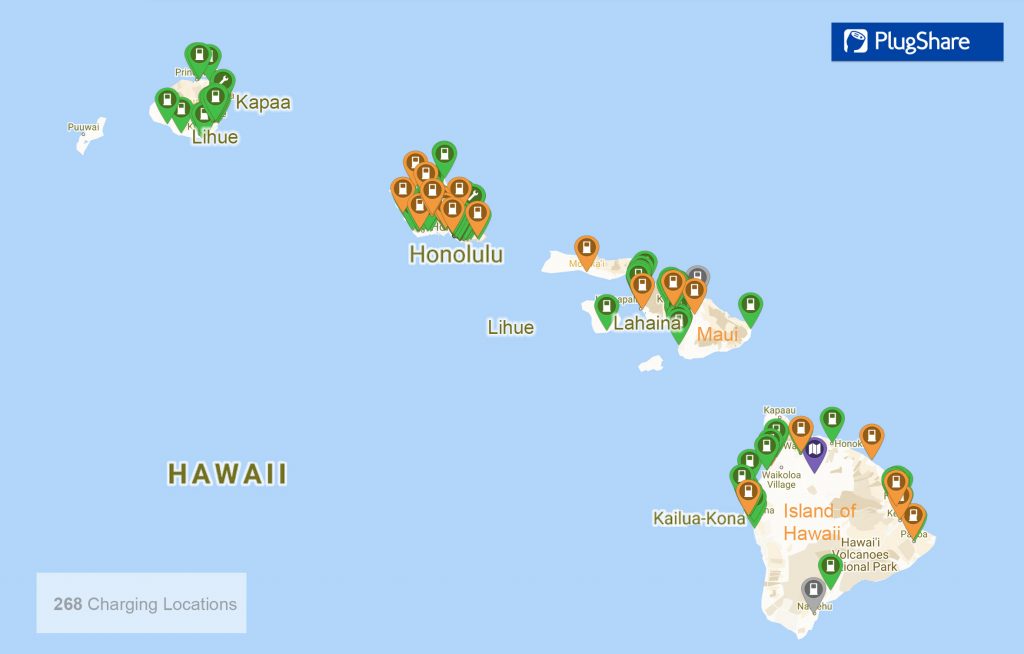
Public chargers support:
- Renters and condo dwellers, off-grid
- Older / short range models
- Unexpected trips
- Forgot to plug in
Some challenges to consider
- Chargers may not always be available – they may be in use, ICE’d , or not in repair. ICE’d means blocked by a gas – or ICE – car.
- We will need to improve our public charging to support our growing number of EVs.
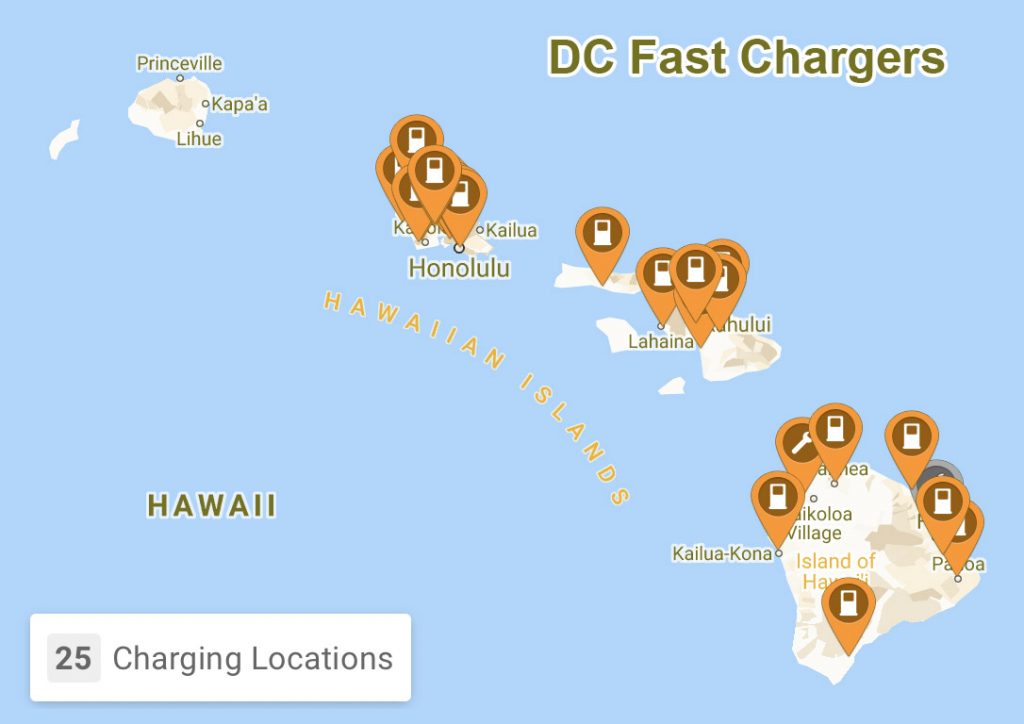
- Public charging costs vary,
some are free. - Rural areas are
disadvantaged. - Plugshare app, maps and
- Charging network apps – (ChargePoint, Volta
SemaConnect,…) are very
useful
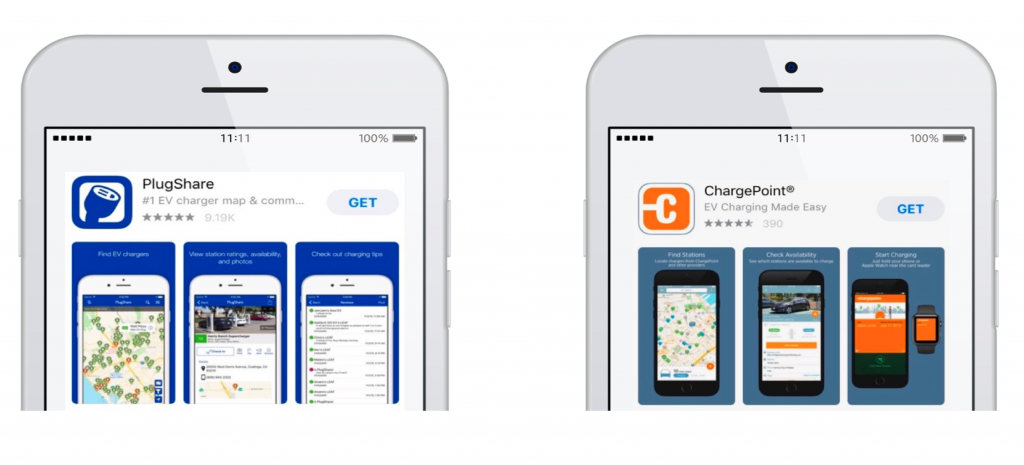
Mahalo!

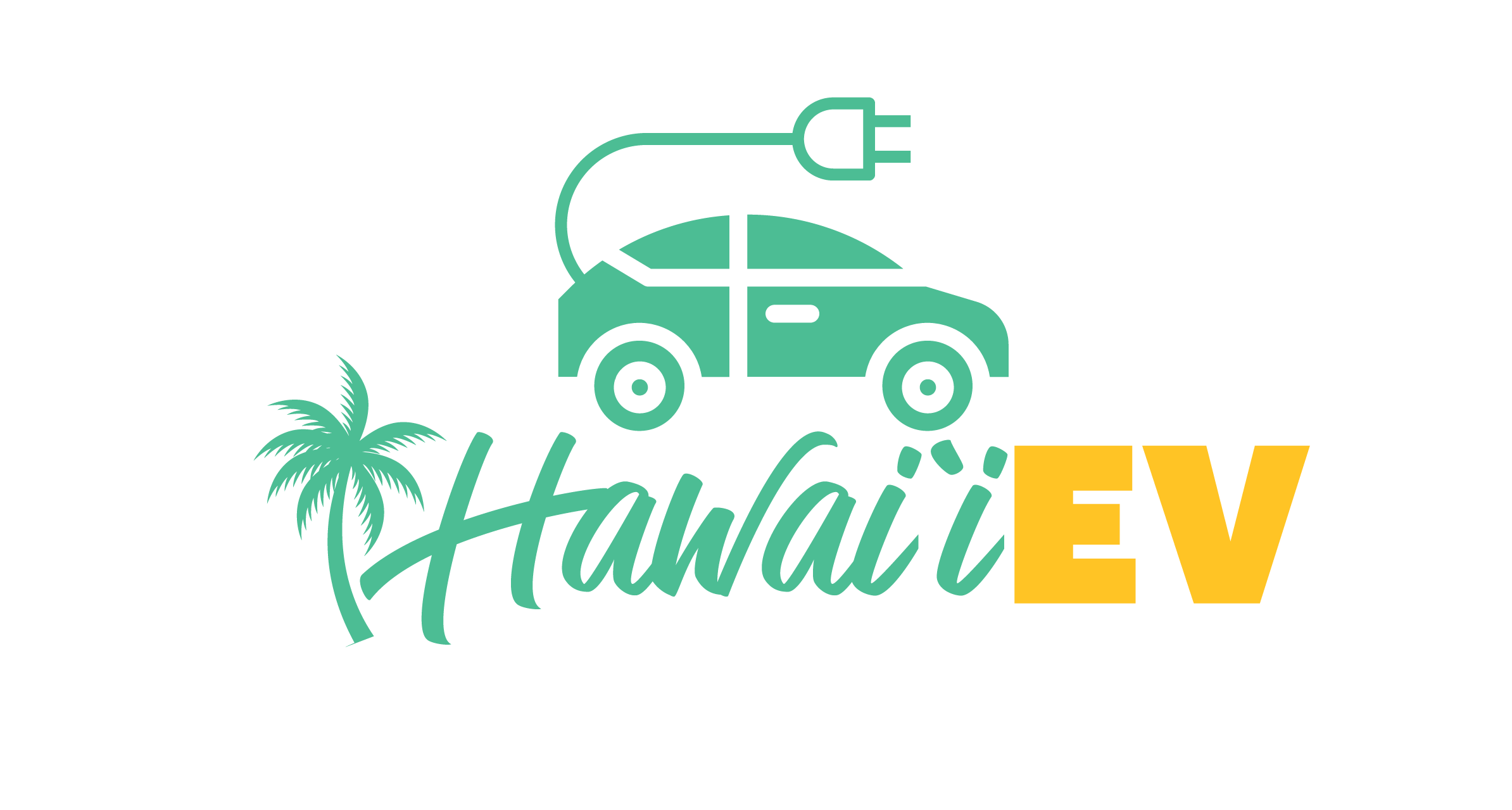
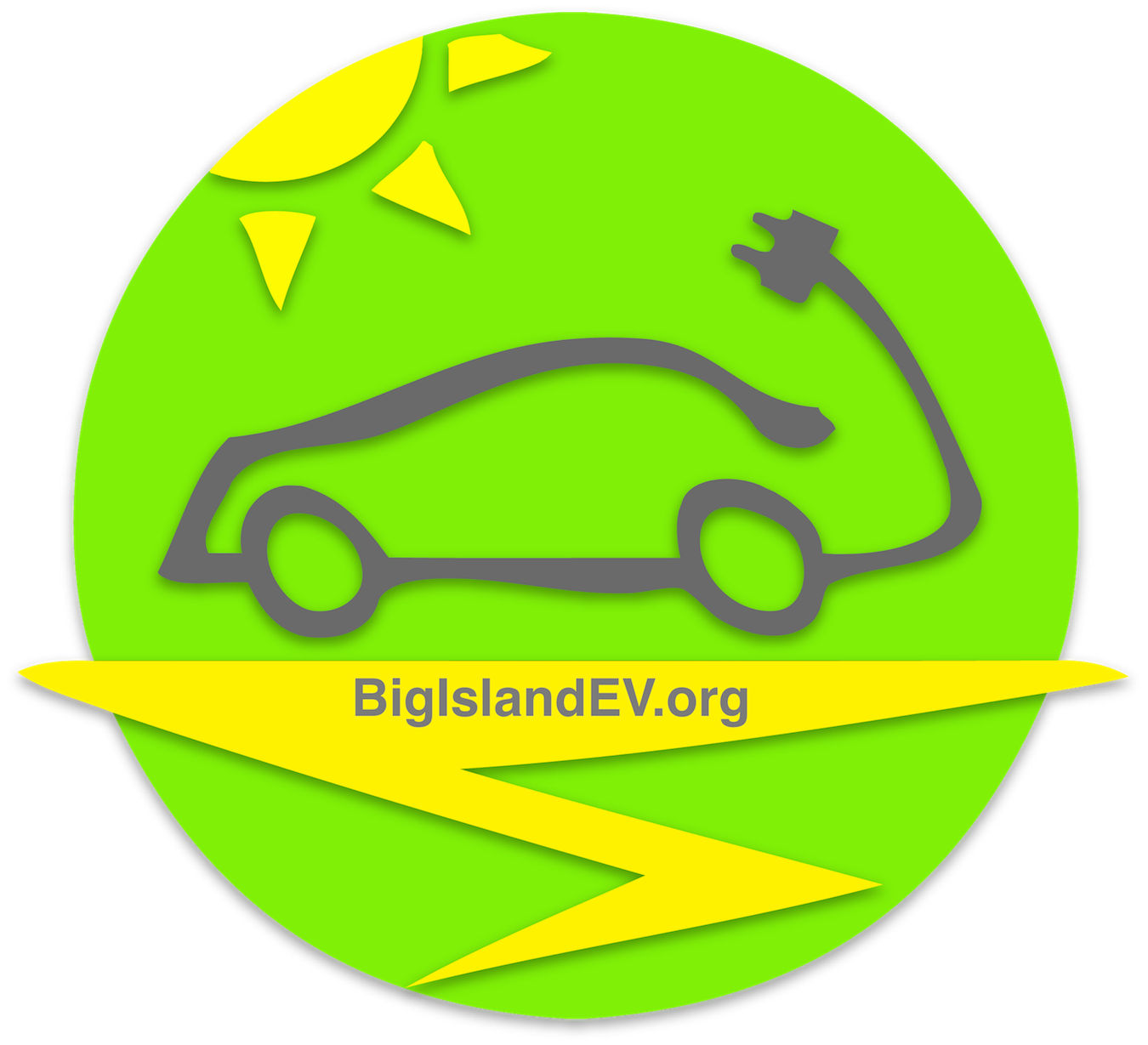


When I visit for a week In January I want to rent an electric vehicle. Suggestions?
Mission Zero Hawaii is a great local company that rents out EVs, mainly Teslas and Kia Souls. Their phone number is 808-237-0242, texting is probably the best way to get into contact with them.
There are a few private EVs being rented out on turo.com, this might also be worth a try.
Feel free to email me at info@kauaiEV.org if you have more questions, or reply to this comment.